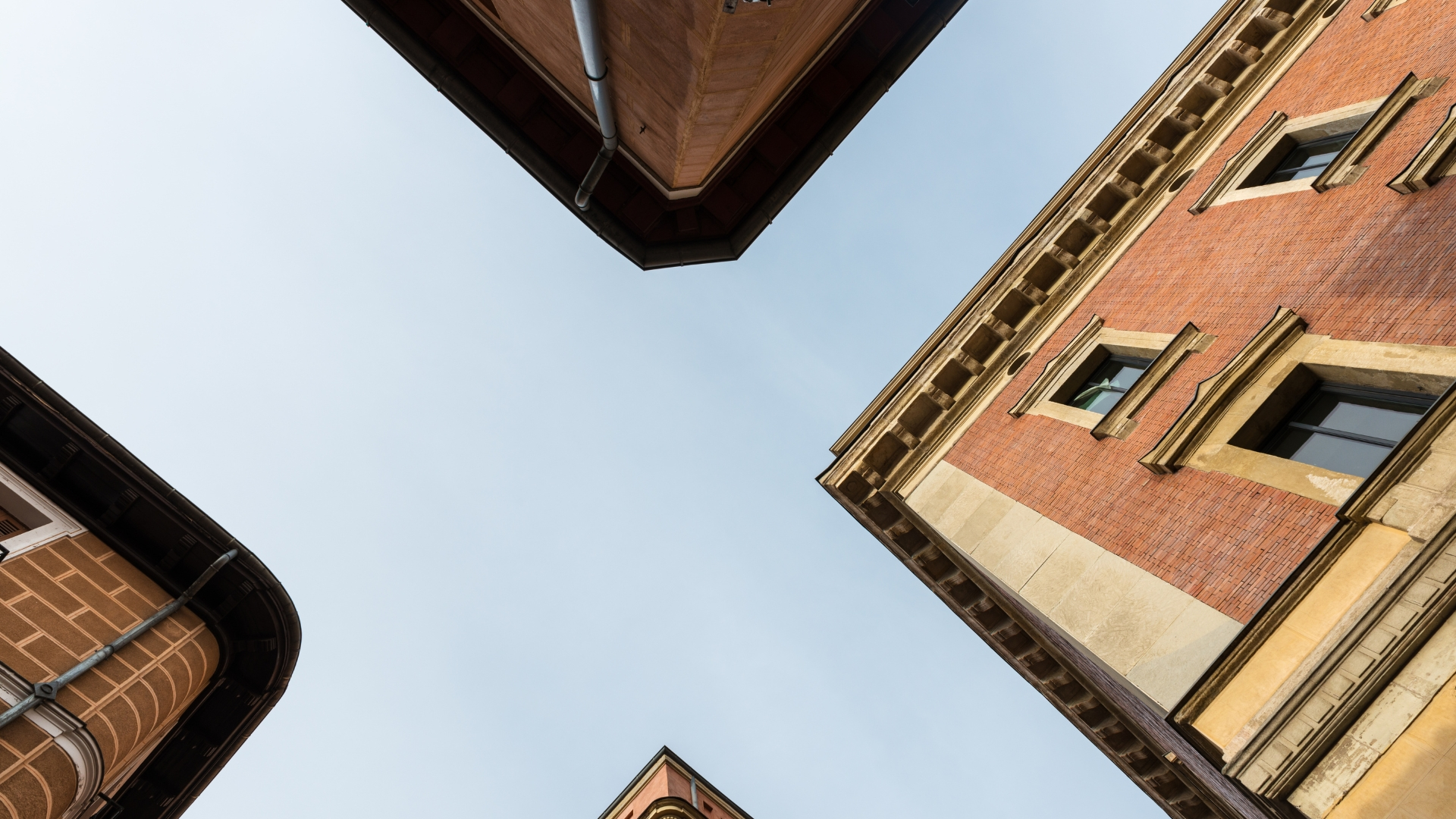6 literary places of inspiration
Spain has long been a destination of choice for writers—whether as a summer retreat or a permanent residence. Many of its cities, towns, and landscapes not only offered them refuge, but also became the backdrop and inspiration for works that are now part of literary history. Some of these places will sound familiar, while others may surprise you. Here are six of them:

#1 Barcelona
Barcelona was home to authors such as Carlos Ruiz Zafón, Eduardo Mendoza, and Manuel Vázquez Montalbán. Each, in their own way, captured the essence of the city in their works.
Ruiz Zafón set his acclaimed novel The Shadow of the Wind against the atmospheric corners of the Gothic Quarter. This haunting tale, steeped in mystery, unfolds in early 20th-century Barcelona—from the final years of Modernism to the bleak postwar era.
Eduardo Mendoza’s The Truth About the Savolta Case is also set in Barcelona, primarily between 1917 and 1919. Its plot centers on the Savolta company and the murky events surrounding it, in a city shaken by social and political upheaval.
For Vázquez Montalbán, summer retreats to Vallvidrera—a hillside neighborhood of Barcelona—became his literary sanctuary. Not coincidentally, his most famous character, detective Pepe Carvalho, also made his home there.

#2 Tenerife
International authors, too, sought refuge in Spain. Among them, the British crime writer Agatha Christie spent extended stays in Tenerife. After personal loss and heartbreak, the creator of Murder on the Orient Express and And Then There Were None found solace on the island.
The Botanical Garden in Puerto de la Cruz became both a source of inspiration and a place where she completed works such as The Mystery of the Blue Train and The Mysterious Mr Quin. Her short story The Man from the Sea, however, most clearly reflects her connection to Tenerife, transporting readers to locations like the Martiánez Cliffs and the gardens of Puerto de la Cruz.
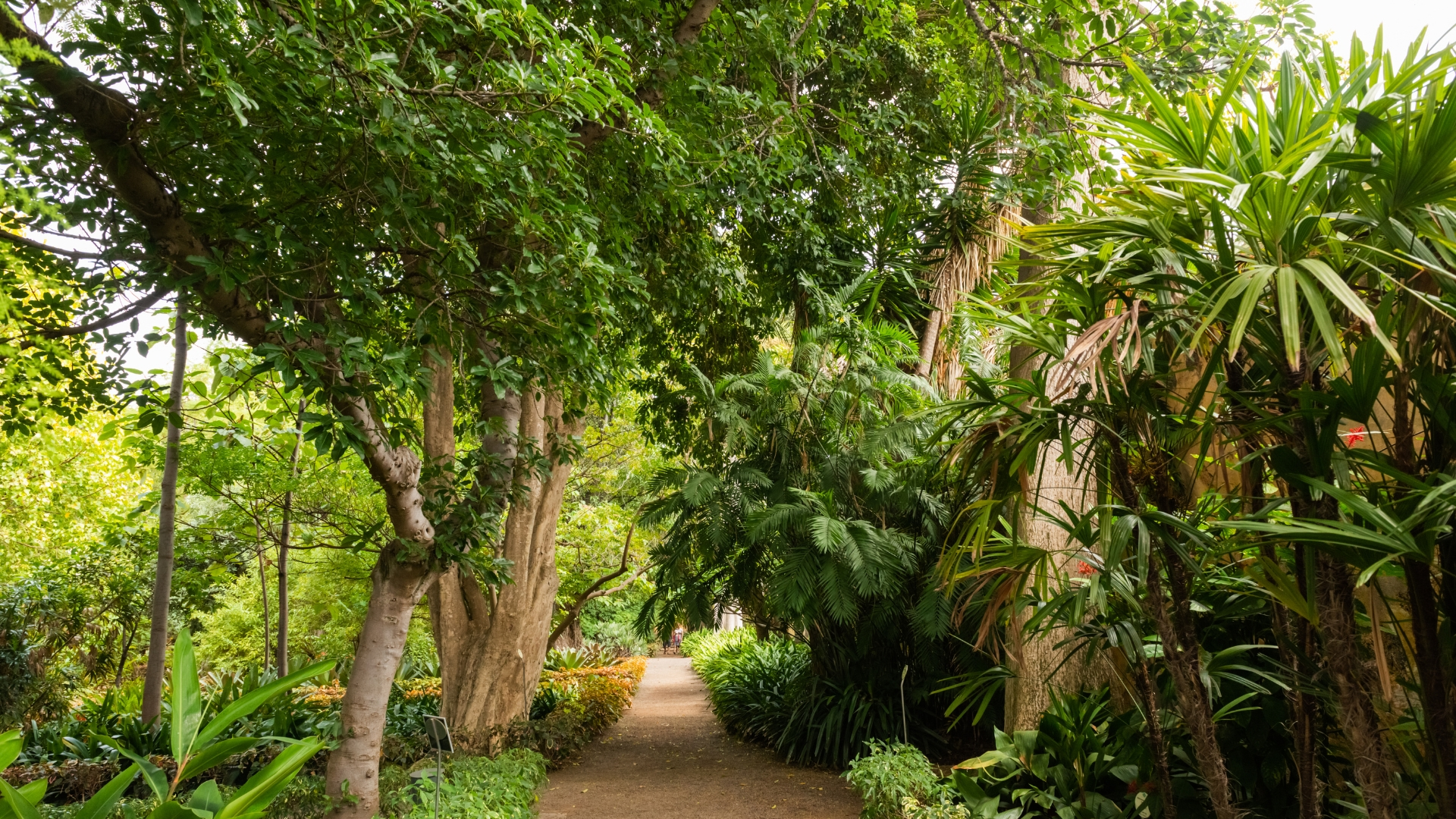
#3 Valencia
Valencia inspired one of Spain’s great literary voices, Vicente Blasco Ibáñez.
In Cañas y Barro, he brings to life the Albufera lagoon and the daily struggles of its fishermen and farmers. In Arroz y Tartana, he paints a vivid portrait of late 19th-century urban Valencia, its customs, and its people.
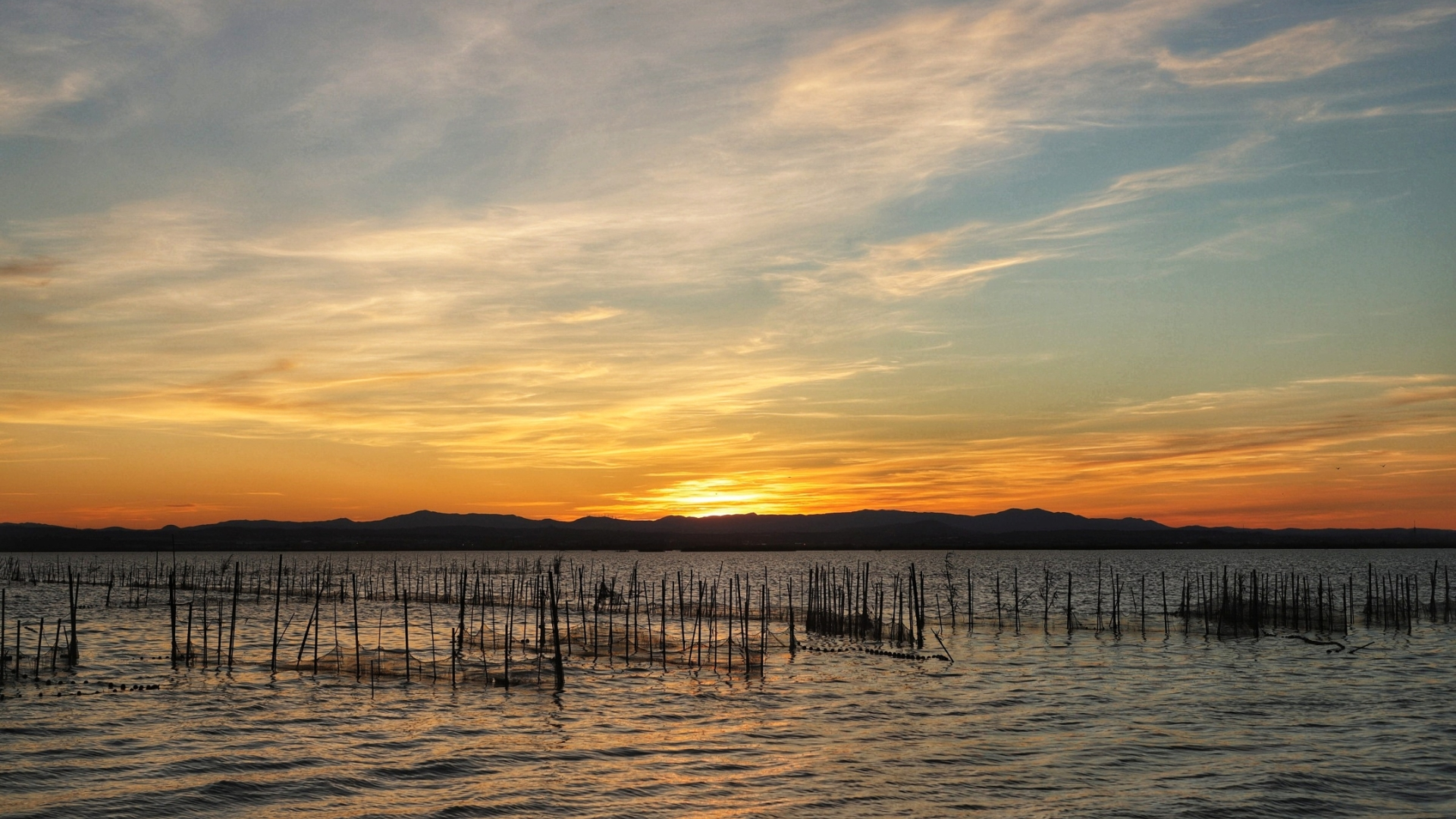
#4 Fisterra
Camilo José Cela, Nobel Prize winner, often spent summers in Fisterra, staying at A Xeitosiña, a house by Langosteira Beach that belonged to a friend’s mother-in-law. There, with sweeping views of the sea, Monte Pindo, and Ézaro, he worked in peace.
His novel Madera de boj is set precisely in this rugged stretch of coastline known as Costa da Morte, with Fisterra as its central stage.
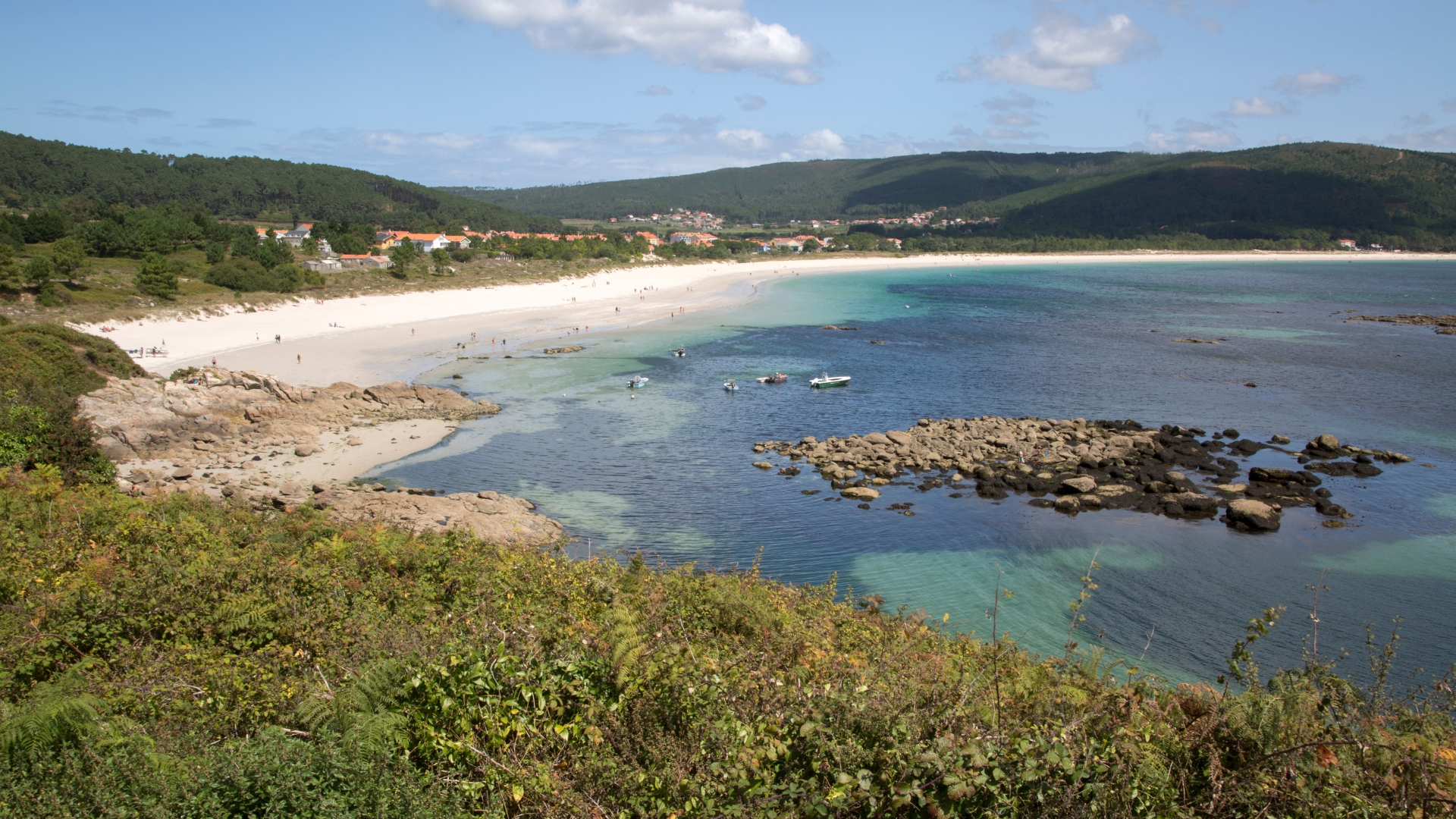
#5 Mazcuerras
Another important voice in Spanish literature, Concha Espina, spent long periods in Mazcuerras, Cantabria, at a late 19th-century house that once belonged to her grandmother.
The village became the inspiration for one of her most celebrated works, La niña de Luzmela. In the novel, Luzmela is the fictional name given to Mazcuerras, the setting for the story of young Carmencita, her father, and their world. So influential was the book that, for a time, the town itself was officially renamed Luzmela.
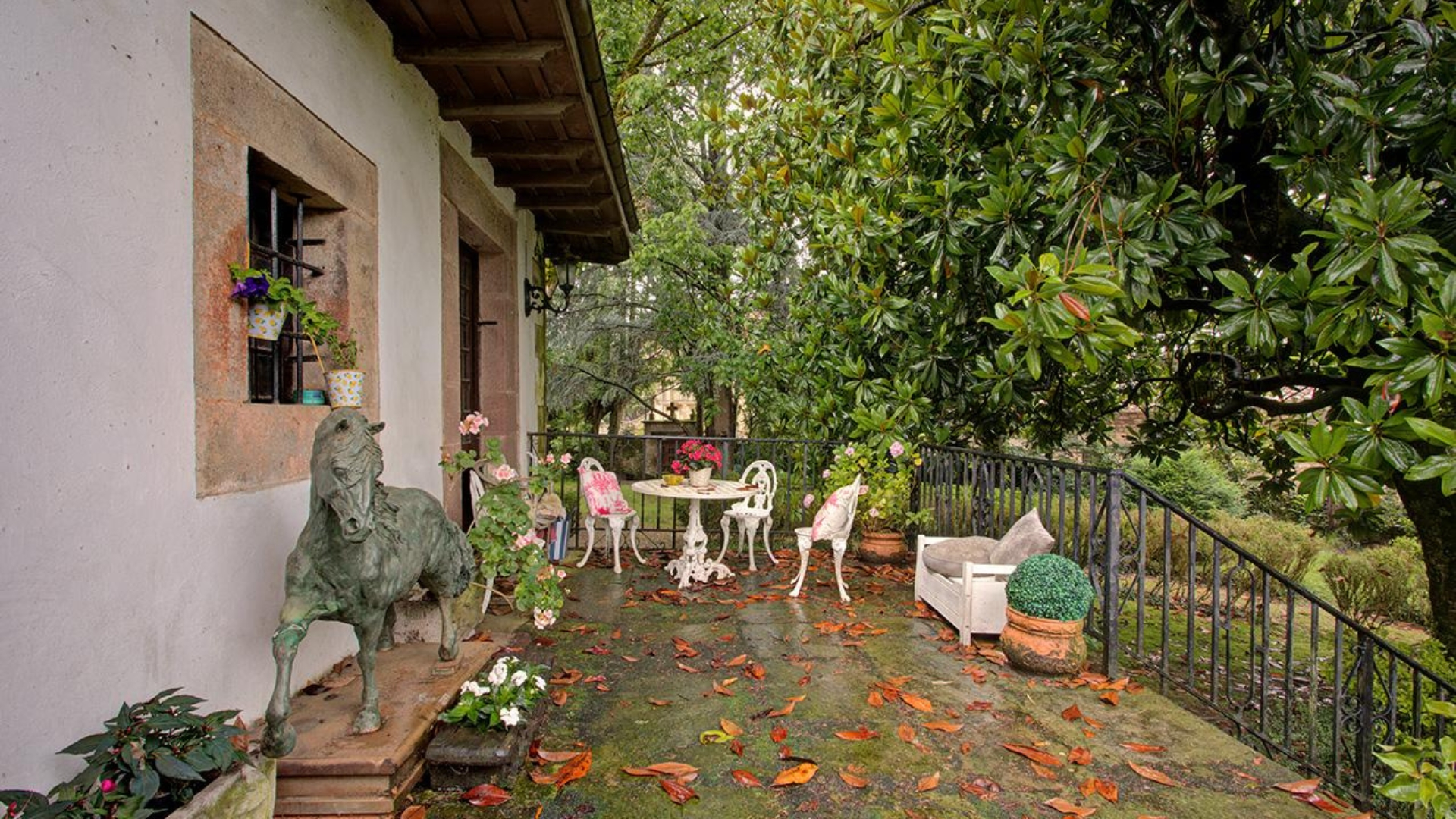
#6 Madrid
Few cities have inspired as many authors as Madrid. From Cervantes, Lope de Vega, and Valle-Inclán to Juan Gómez-Jurado and Almudena Grandes, the Spanish capital has long been a muse.
Much of Gómez-Jurado’s Red Queen trilogy unfolds here, while Grandes wove her profound love of the city—especially her neighborhood of Malasaña—into her novels. For her, Madrid wasn’t just a setting, but a character in itself. Works such as The Ages of Lulú and Malena es un nombre de tango are steeped in the city’s energy and intimacy.
